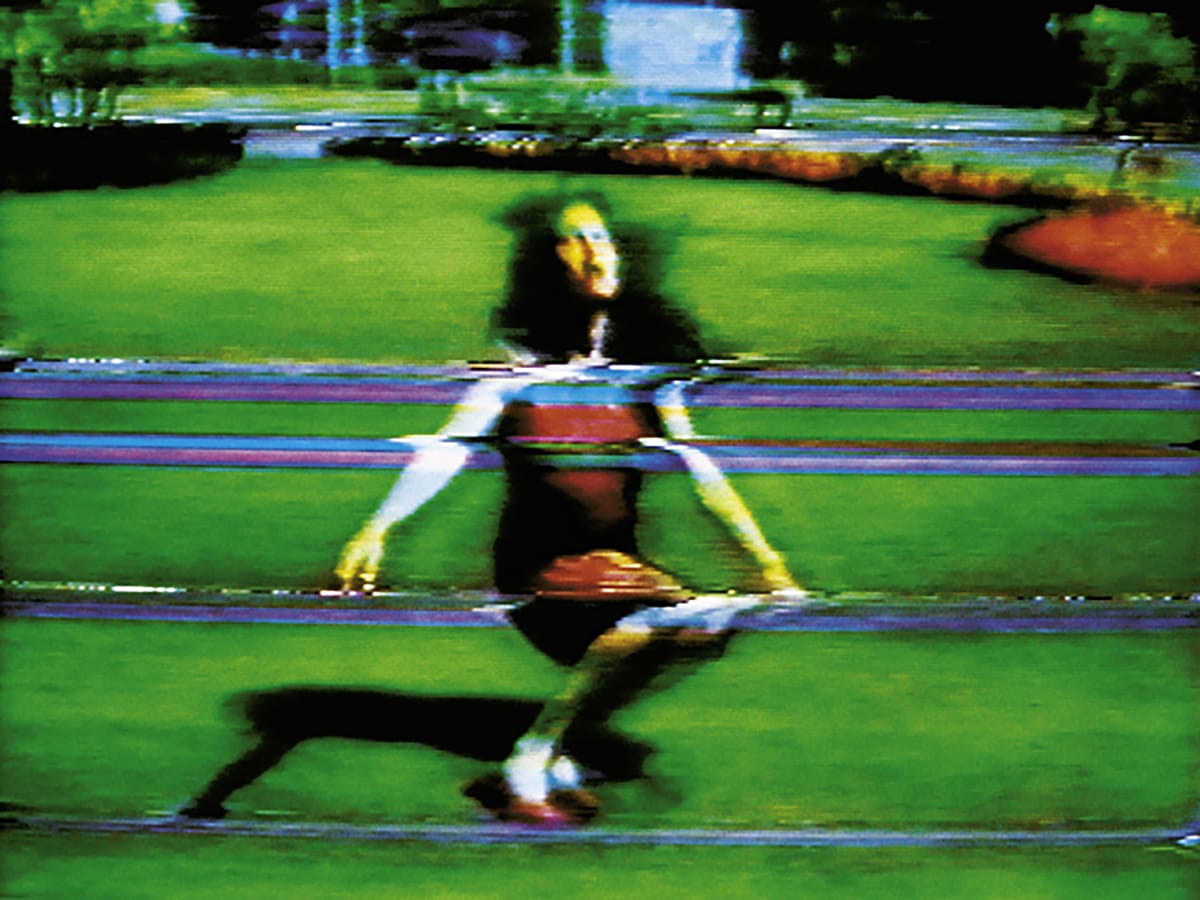
JS Foundation is the preeminent private collection of moving image art in Europe. In addition to their world class holdings that span technologies and media across the decades, the Foundation also organizes challenging exhibitions at its two locations in Berlin and in Dusseldorf. Among their most recent efforts is Unbound: Performance as Rupture, on view at the Berlin outpost through July 2024. This group exhibition examines how different generations of artists have called upon the body in relation to the camera to refuse oppressive ideologies, disrupt historical narratives and unsettle concepts of identity. Included in the show are legendary names such as VALIE EXPORT, Sanja Iveković, Ulysses Jenkins, Joan Jonas, Senga Nengudi, Pope.L and many other outstanding artists.
The exhibition was curated by Lisa Long, the artistic director at JS Foundation, along with Line Ajan, the assistant curator at JS Foundation. We spoke with them about the interrelation between performance art and video art, the unique qualities of the collection they drew from and their ways of assembling this wide-ranging show.
This post is for subscribers only
Subscribe now and have access to all our stories, enjoy exclusive content and stay up to date with constant updates.
